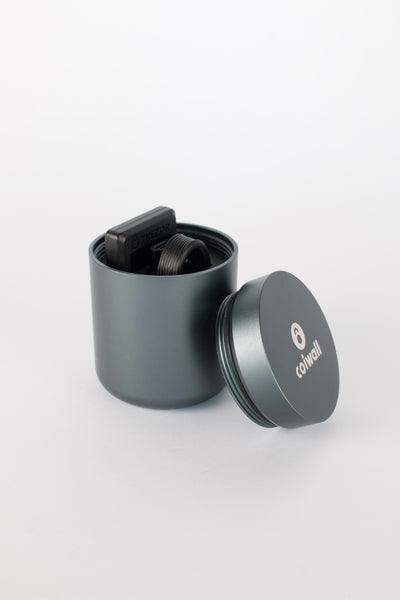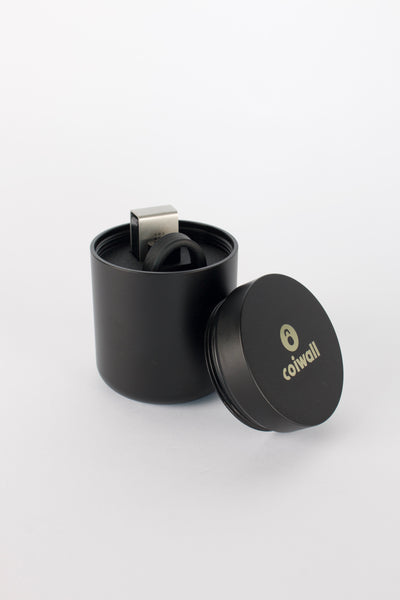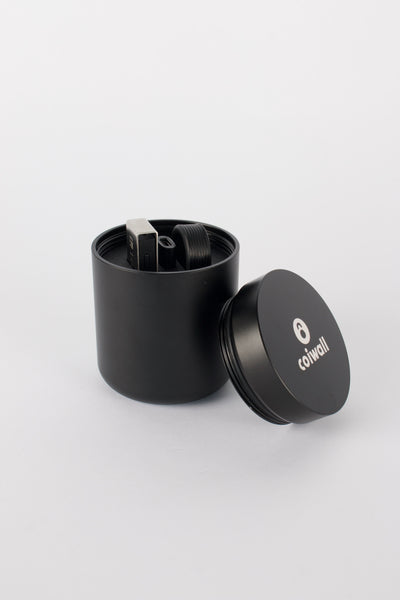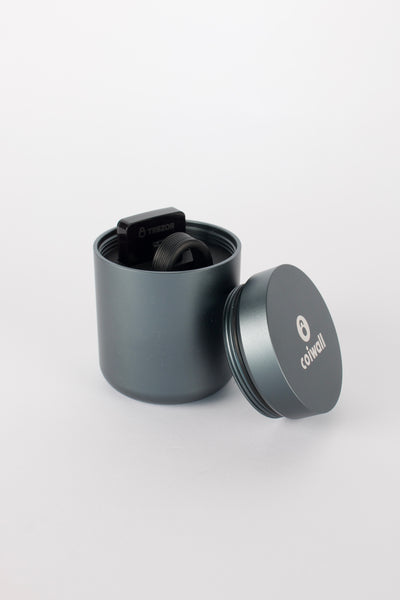Heard whispers about the Vladimir Club while scrolling through crypto forums or Twitter threads that ramble on late into the night? You're not alone. Pull up a chair—let’s unravel what this elusive “club” represents, what it actually takes to join (spoiler: a lot), and why Trezor and Ledger folks keep popping up whenever big wallets are discussed.
So, What’s the Vladimir Club Anyway?
If you’ve been around crypto any length of time, you’ve probably noticed that certain owning thresholds come with bragging rights. The Vladimir Club, at its core, refers to individuals who hold at least 0.01% of a cryptocurrency’s maximum supply. Think of it as the platinum VIP lounge for token holders. The term was coined way back in 2012 by a user named Vladimir on the classic BitcoinTalk forum. Back then, things were, let’s just say, a lot more low-key—and a whale could be anybody with a few thousand bucks and nerves of steel.
Quick math for the curious: Bitcoin, with its famous cap of 21 million, means you’d need to own 2,100 BTC to claim membership. Not exactly pocket change. That 0.01% figure might sound tiny, but in the context of global, finite assets…yeah, it’s huge.
From Casual Nerds to Millionaire Whales: A Very Different Cost of Admission
Let’s pause for a minute and have a think: what would it really have taken to join back in 2012? The price of 1 BTC then? Around $11. Grab a calculator (or just trust me)—2,100 BTC would have run you about $23,100. Sure, that’s more than a used Honda Civic, but compared to today, it was practically a bargain. Fast-forward to 2022, and that same slice of Bitcoin pie could cost you upwards of $60,900,000. Wrap your head around that for a second. The price tag is now somewhere between a private island and a Picasso.
That staggering jump isn’t lost on the crypto crowd, either. Lots of early enthusiasts still talk—wistfully or otherwise—about what could have been if only they’d held on to more coins, or bought more when pizza was the only thing you could reliably trade for BTC. Ah, the nostalgia…
Members-Only: But Who’s Actually in This Club?
Good question, right? The truth is, nobody knows for certain. Estimates float around the range of 500 to 600 real members, at least when it comes to Bitcoin. But it gets messy because people split holdings across multiple wallet addresses, and plenty of BTC sits in long-lost or dormant wallets. Sometimes, one person might control dozens or even hundreds of distinct addresses—each masquerading as a unique member. Honestly, trying to count Vladimir Club members is a bit like trying to calculate how many jellybeans fit in a jar but not all the beans are visible and some are glued to the sides. So, is the actual number higher or lower? Almost definitely. And the bigger the coin, the tougher the puzzle.
Max Supply Versus Total Supply: Don’t Get Tripped Up
This is where things get sticky if you’re not paying close attention. The Vladimir Club uses maximum supply, not current total or circulating supply, as its reference point. For Bitcoin, max supply is etched in stone at 21 million. But in some projects, coins can be burned or locked, making the total supply a moving target. If you’re serious about “making the club,” always check the max supply—not just what’s out there right now.
A Club Without Walls: Expanding Past Bitcoin
While the club started as an in-joke for Bitcoin holders on an online forum, the concept quickly leached into other capped-supply coins. Whether you’re heavy into Ethereum Classic, Solana, or something more obscure, as long as the math works out, you can brag about your Vladimir status. Of course, the real prestige still sits with those who claim elite status in Bitcoin, the original.
Cold Storage, Hot Topics: Why Trezor and Ledger Keep Coming Up
Here’s the thing: If you’re storing a Vladimir-worthy sum, you probably aren’t keeping it on a hot exchange wallet. Security takes center stage. Enter the likes of Trezor and Ledger, the two giants of hardware wallets. If you ever chatter with a self-proclaimed “Club” member, they'll almost certainly mention their cold storage strategy—maybe even more enthusiastically than their actual holdings (opsec, right?). It’s not paranoia; it’s just common sense. Hardware wallets give peace of mind that those whalesized stacks are far less vulnerable to online hacks, rogue software updates, or (heaven forbid) forgotten passwords in some forgotten browser extension.
Not surprisingly, Trezor and Ledger have almost cult followings—annual firmware updates feel like a mini-holiday for users, and the unboxing ritual is basically a rite of passage. Some even use both, hedging bets like a cautious blackjack player in a high-stakes Vegas game. Can you blame them?
It’s Not Just About the Money—It’s About the Myth
But here’s the quirky little secret about the Vladimir Club: it’s as much about prestige and community as cold hard math. For some, it’s pure numbers, a benchmark of crypto success (or luck, depending who you ask). For others, it’s about being a part of an in-group with unique bragging rights—a conversation starter at crypto meetups, or just a sneaky line on their retro forum signatures.
People like stories. They like belonging. And nothing mixes the allure of folklore and finance quite like the promise of sitting shoulder-to-shoulder (digitally, at least) with Bitcoin whales. Some even say it’s a badge—albeit one nobody can truly verify unless you overshare your wallet addresses. Probably don’t do that, by the way.
Final Thoughts: Scratch Beneath the Surface, Find a Culture
Whether you’re gunning for Vladimir levels or just stacking coins for the future, the Club is more than a number. It’s a window into what digital wealth—and cultural resonance—means in our strange, fast-moving era. Sure, most of us won’t ever quietly sit on 2,100 BTC and crack a cold one in hardware-wallet peace. Yet the idea persists, sparking ambition, envy, obsession, and endless debate. If nothing else, that alone makes it worth knowing about—and talking about—especially next time a friend asks, “What’s this Vladimir Club thing, anyway?”











